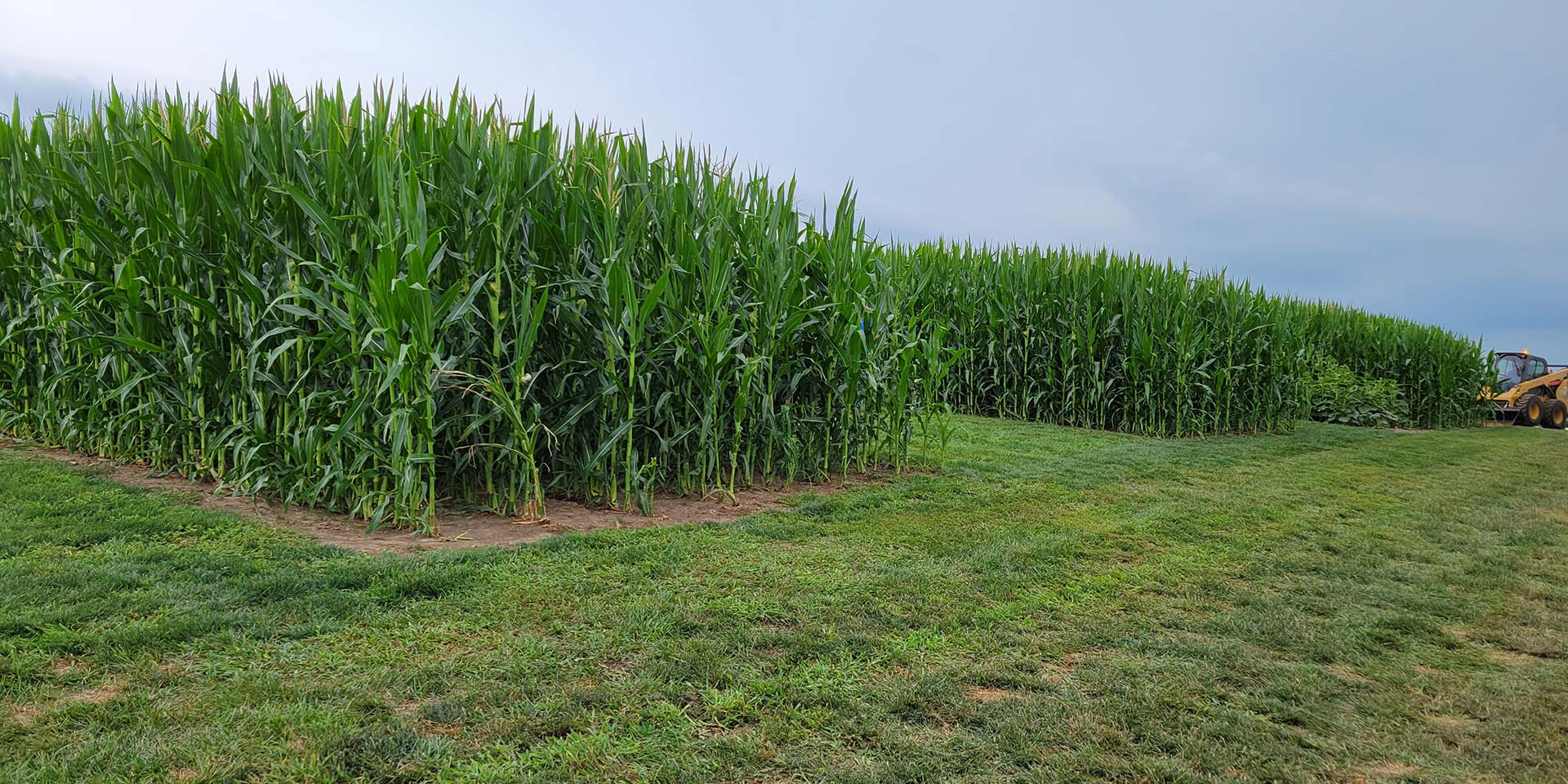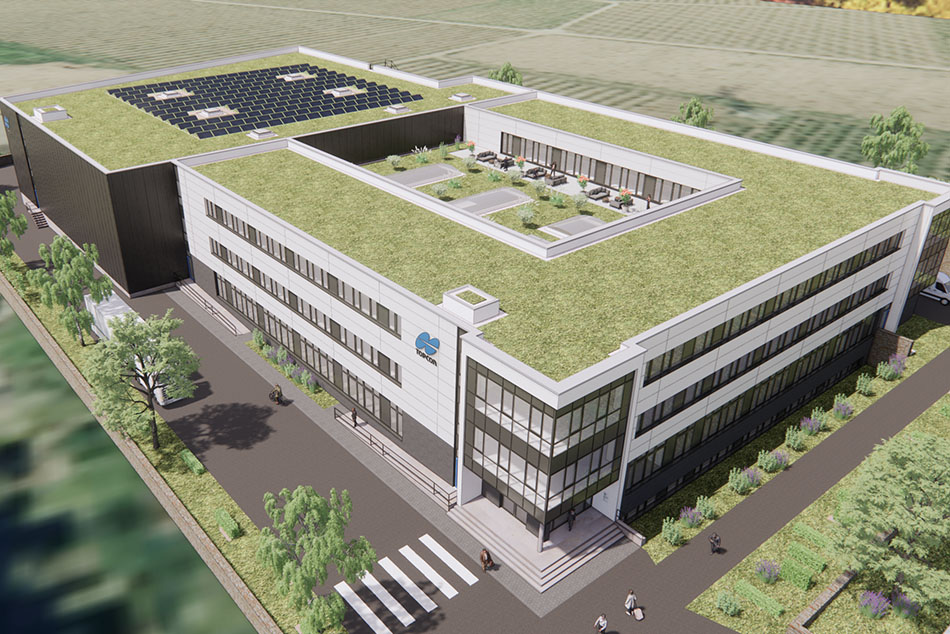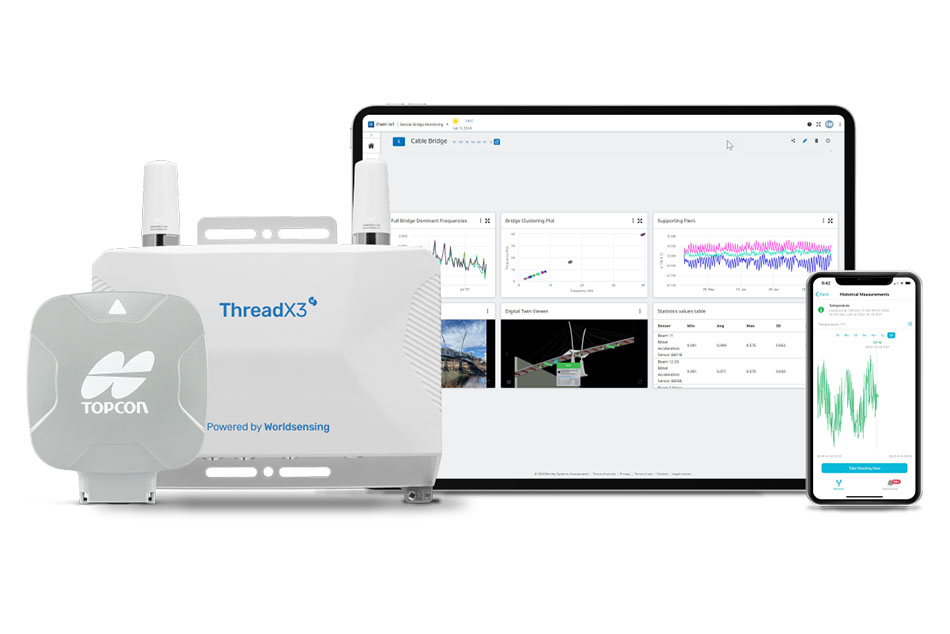Today’s climate smart technology holds more promise than ever to deliver recurring economic and environmental return on investment for farmers. Nutrient sensing technology, reactive tillage depth control and automated yield reporting are advanced tools to manage a more efficient, economic operation.
While precision adoption hinges on practices and products being more profitable, they also need to be relatable to a farmer’s specific operational goals and needs.
“In today’s ag market, when farmers invest in technology, the expectation is that it will be easy to implement, apply agronomically to their operation and generate a return in the first year,” said Ray Asebedo, global agronomy lead with Topcon Agriculture.
The combination is critical to personalize the value of consistent tillage depth that improves crop emergence or sensing and solving nutrient deficiencies during the growing season.
But farmers also like to get in the field to validate digital detection of emergence problems due to inconsistent tillage across changing soil conditions or color variation in corn plants because of depleted nitrogen (N) levels.
In other words, a show and tell approach – even on a small scale - combines analytical evidence and in-field examples to provide farmers with profitable, relatable results they can adapt to their own operation.
At the 2022 AgPhD Field Day in Baltic, South Dakota, Topcon collaborated with the Hefty Brothers to plant, manage and harvest six research plots of corn on the event site to demonstrate variation in nutrient uptake based on different combinations of tillage depth and N application.
Proactive management of variability in the field with the proper climate smart technology can make acres more economically and environmentally sustainable - especially in today’s ag economy, notes Chris Carleton, Norac channel manager for Topcon.
“We need to demonstrate the value of managing the entire ecoculture along with helping farmers understand the benefit of and consequences,” he said.
“We need to demonstrate the value of managing the entire ecoculture along with helping farmers understand the benefit of and consequences.”
Chris Carleton, Norac Channel Manager for Topcon
Depth Perception vs. Reality
While each plot was planted the third week of May with the same corn hybrid, seedbed preparation varied from 2-inch tillage (Plot 1) to 6-inches deep (Plot 2) and prescription tillage of 2-4 inches (Plots 3-6) using Topcon Depth Control (TDC).
Throughout the growing season, there were clear indicators that the prescriptive tillage plots produced more consistent crop emergence and growth, according to Ryan Pieper, North American channel manager for Topcon.
“We found uniform ear height across the plots that had the TDC system running as prescribed, which means all those corn plants emerged at the same time,” he said. “None were competing or shuttering each other out. We actually went to Home Depot and got some bright orange tape to wrap around the different ears in an 8 foot section to emphasize the difference.”
Scouting the plots in late July, Glen Herz, field research lead for Ag PhD, had additional observations correlating crop health with consistent tillage depth.
“I noticed on (Plot 3) the consistent density and thickness of the corn stalks,” he said. “Even as short as we were for moisture at points during the growing season, the crop looked healthy with very little evidence of a secondary brace root.”
While the corn on the shallow and deep-tillage plots only showed subtle visual differences in health compared to those variable tillage plots, Herz noticed more ear node height variability, and signs that a scarcity of late-season moisture could limit yield.
“In the deep-tilled plot, there were plants that struggled to emerge and just didn’t have the push power even though they were planted in warm soil,” Herz said. “When I planted the plot, the row cleaners were actually plowing out loose dirt.”
The TDC system’s ultrasonic non-contact sensors are designed to maintain uniform depth during a tillage pass and automatically compensate for changing soil types and conditions in the field.
Topcon’s six test plots only covered about 200 feet in total, but as farmers know, soil variability can change from one side of the tractor to the other. As growers adopt and expand sustainable practices, a key to success will be better management of variables with climate smart technology.
“We all understand soils are variable, and how quickly soil texture and moisture changes,” Pieper said. “It’s difficult to account for those manually, and if you have a less experienced operator in a tillage machine, responsive depth control provides peace of mind that you are preparing consistent seedbeds to minimize that variability.”
“We found uniform ear height across the plots that had the TDC system running as prescribed, which means all those corn plants emerged at the same time.”
Ryan Pieper, North American Channel Manager for Topcon
Nutrient Rich Results
The variable tillage depths tested across the plots supported visual differences in plant emergence and crop development. But to detect, validate and solve nutrient deficiencies, Topcon combined sensor technology, soil test data and visual proof.
Plots 4-6 all had prescribed tillage depths of 2-4 inches using TDC and a base rate of 150 pounds per acre of N applied at planting. Soil tests taken in mid-July revealed stark differences in available N across the three plots, although at that point in the growing season, visual stress was still subtle.
The soil test results revealed 166 units of available N in Plot 4, 108 in Plot 5 and 94 in Plot 6. Herz noted that at least a portion of the plots were likely corn-on-corn the year prior, contributing to the variation.
“With the naked eye, there really wasn’t a significant difference in plant health across the plots (in late July), but I was starting to see some yellowing of the bottom leaves in areas with lower nitrogen levels,” he said. “The plants still looked good, but when that discoloration starts going down the middle of the ribs, it’s a sign that plant is running out of nitrogen.”
Armed with the soil test data and early indicators of N deficiency, the AgPhD team mounted a Topcon CropSpec crop health monitoring system to a Lee Agra Avenger and attached another sensor system to an elevated pole overlooking the plots to acquire aerial data on N-deficient areas.
The CropSpec data validated the soil test results.
“We were able to show on CropSpec maps areas in red that indicated lower soil residual nitrate levels and matched the soil test results. Then we took growers into the plot to physically see those lower leaves firing,” Asebedo said. “As we’d move from plot to plot, the increasing levels of residual nitrate matched the darker green maps and corn plants in the field. It was a very understandable story to tell that made sense.”
A key piece was leveraging the CropSpec data to develop targeted applications of N in areas that were increasingly deficient, even if they weren’t obvious to visual scouting. While Plot 6 had sufficient N, additional applications of N were prescribed for Plot 5 (variable-rate) and Plot 4 (sidedress).
Despite the small sample sizes, Asebedo said the results are scalable to an entire farm, and highlight how climate smart technology can help growers adapt to acre-by-acre variability in the field.
“This technology allows farmers to take 2,500 acres and break them down into smaller management areas, which is what you want to do to make more specific decisions," he said. “Today, you want to be as targeted as you can in minimizing variability in the field, especially with nutrient applications.”
Topcon Takeaways
Get additional insight into the demonstrations and outcomes of Topcon Agriculture’s experience at the 2022 AgPhD Field Day here: www.topconpositioning.com/na/agphdfieldday
Watch the videos on the Topcon YouTube channel:















